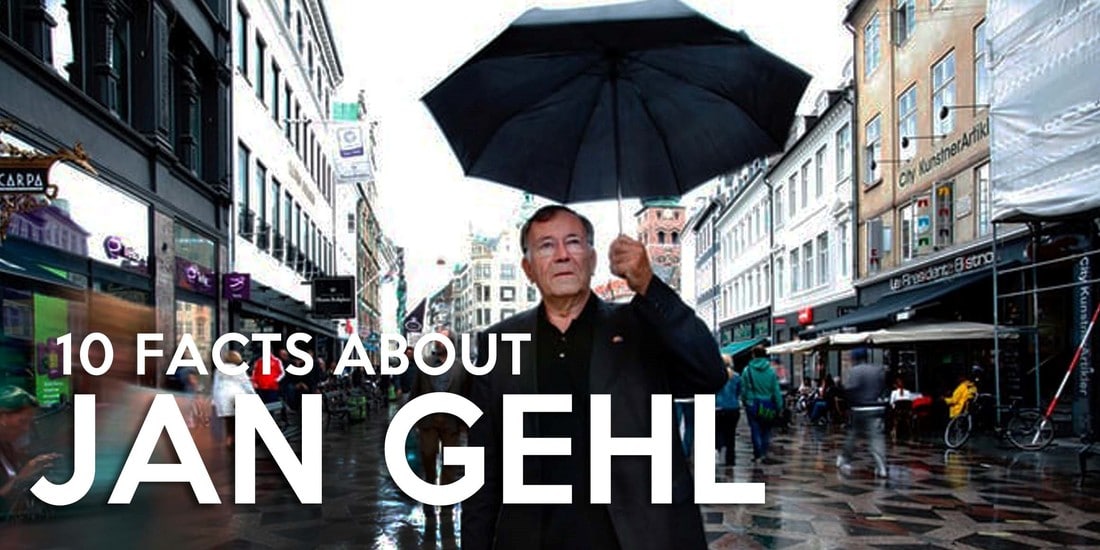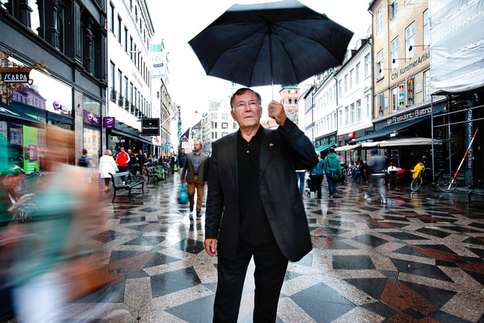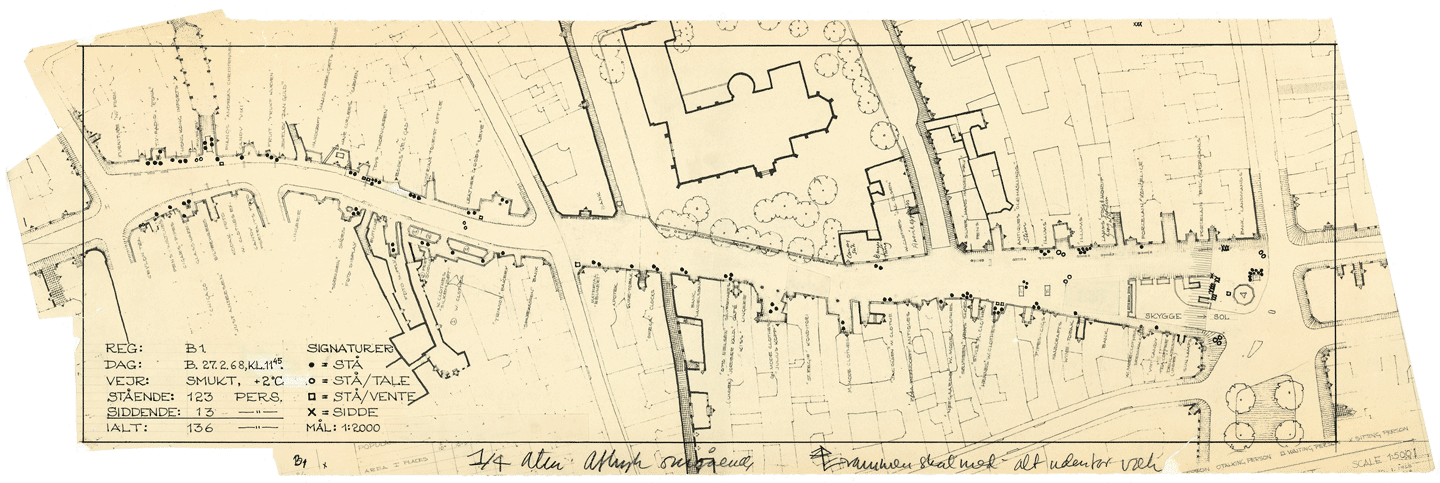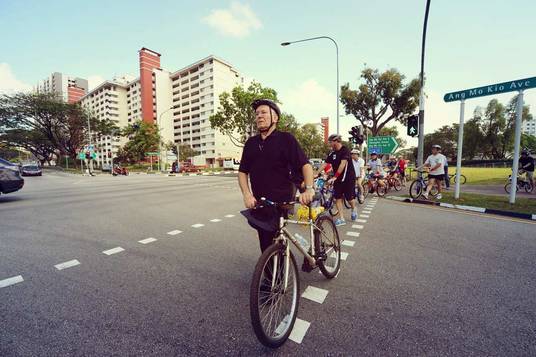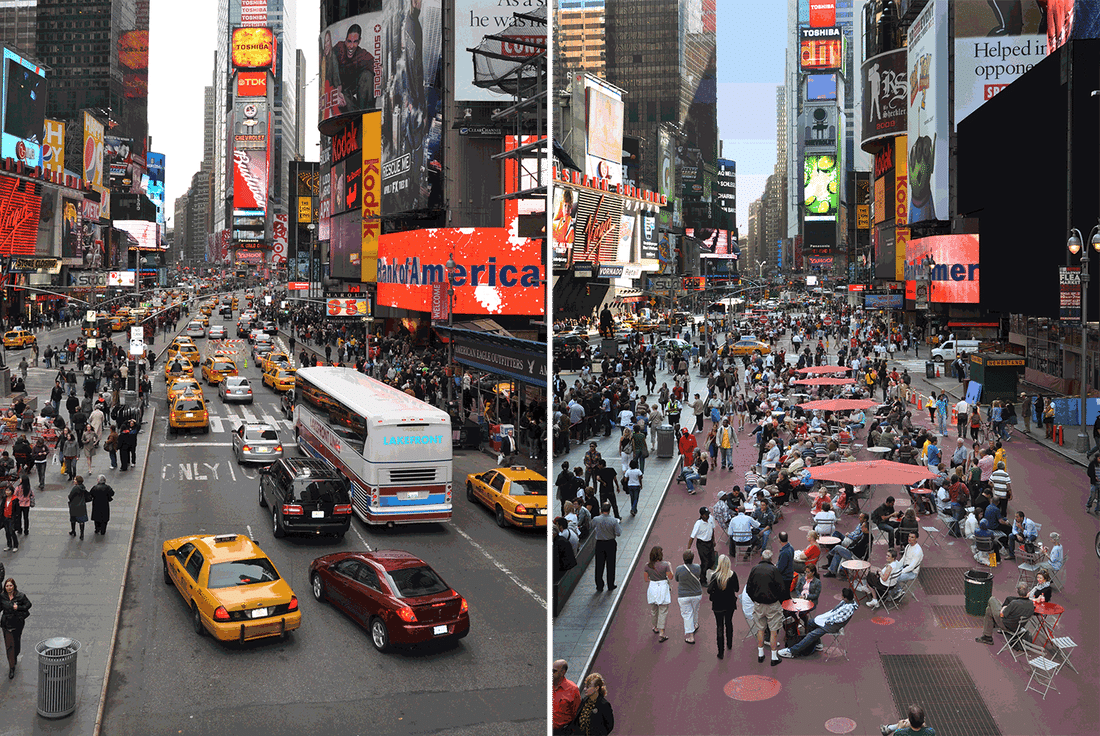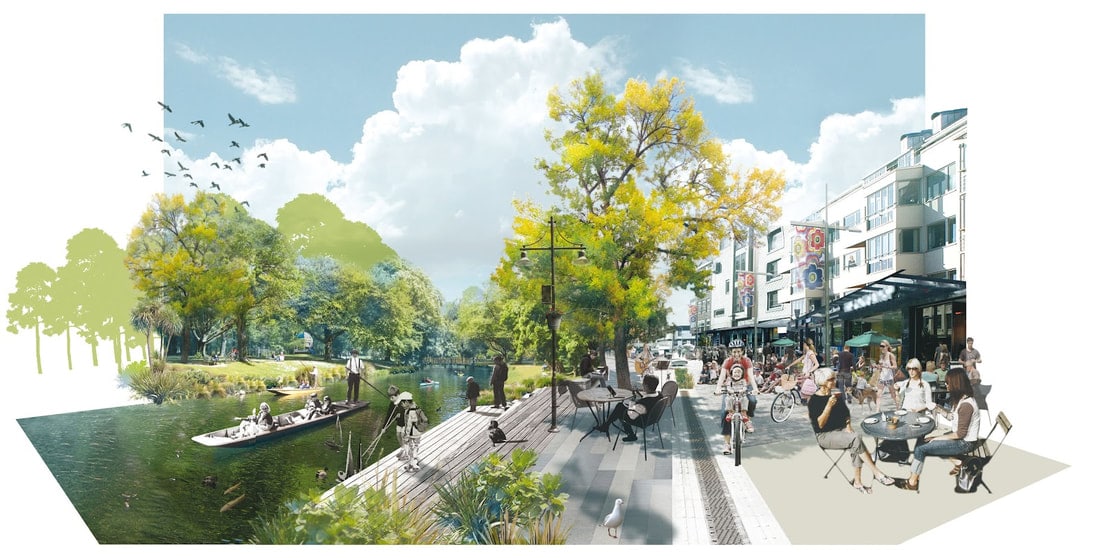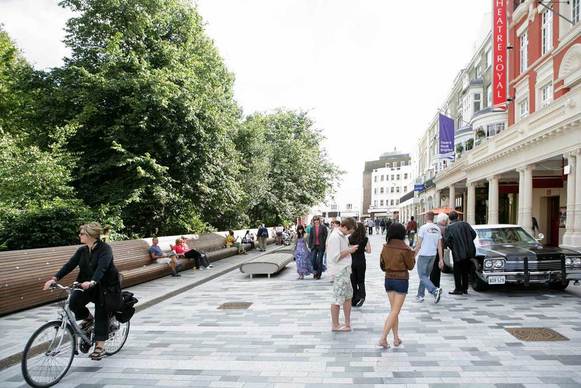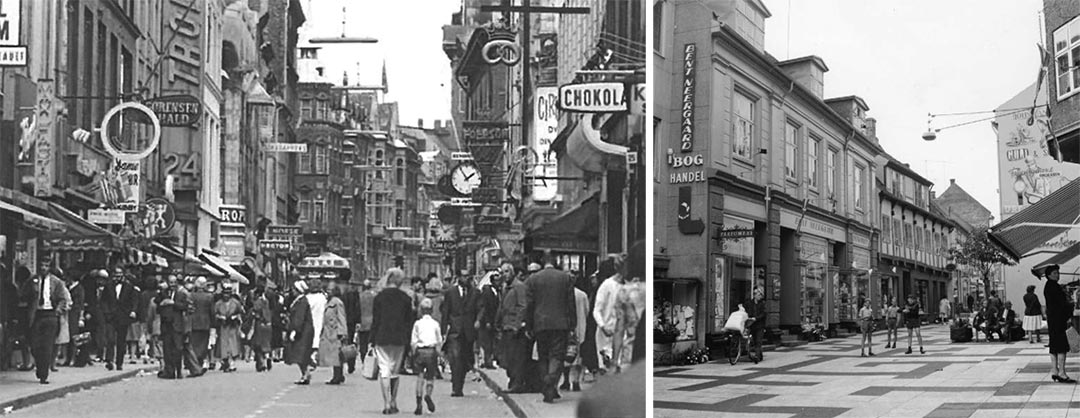He is a founding partner of Gehl Architects, a worldwide architectural consulting firm that helps cities build livable, sustainable and healthy environments.
Gehl graduated from the School of Architecture at the Royal Danish Academy of Fine Arts (KADK) in 1960 and worked as an architect before starting his research.
By observing how and where people gathered and interacted in small-city centres, Gehl developed his theories on how city planning and architecture influence life.
Together they explored how and why human behaviour should be the starting point for architecture. Their theories centered on improving the quality of urban life by re-orienting city design towards the pedestrian and cyclist.
In addition to being the subject of the documentary The Human Scale, Gehl has published several books including Cities for People, Life Between Buildings and many more.
When cities like New York, Sao Paolo, Copenhagen, Syndney, Moscow, and Singapore (to name a few) needed a mastermind to redesign their streets for 21st Century traffic patterns, they went to the internationally celebrated architect’s door.
Gehl and his team developed a plan to rebuild downtown Christchurch, New Zealand after the major earthquake of 2011. The final result includes lower-rise buildings.
Many of Gehl’s theories focus on re-orienting city design towards developing effective and efficient public transportation, building safe and exciting public spaces, and even planting vegetation to keep the air clean and fresh.
Gehl began observing the Strøget in Copenhagen, Denmark in 1962. His findings helped make the Strøget one of the longest car-free shopping streets in Europe. Today, the Strøget is almost a mile long!
Gehl’s 2015 TEDx Talk In Search of the Human Scale explores how cities built to accommodate traffic are uninviting and offer very little to urban life.
Don’t miss Jan Gehl’s keynote.
|
September Luncheon:
Livable Cities in the 21st Century Wednesday, September 19 11:30 am – 1:30 pm Fort Garry Place (Grand Ballroom) |
TICKETS: Conference + Luncheon member package: Luncheon only – Member rate: |
Sponsored by:

